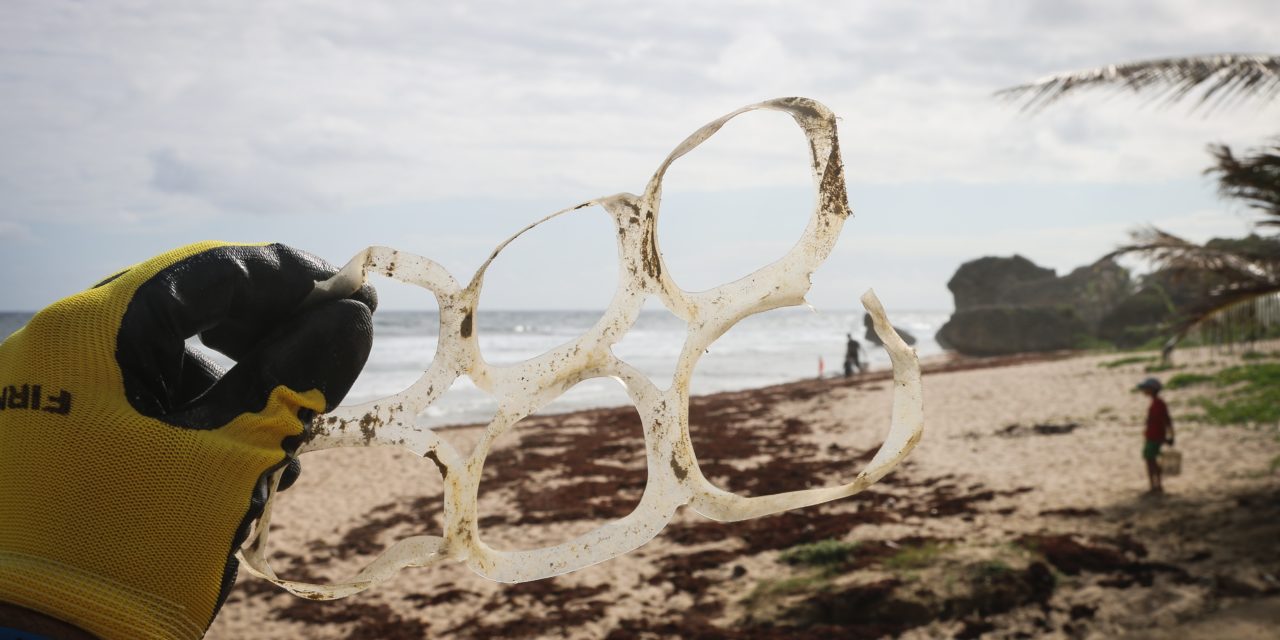A new study from researchers at Arizona State University has found evidence that human organs and tissue can absorb traces of nano and microplastics.
The team added particles to 47 samples of lung, liver, spleen and kidney tissue – four organs likely to be exposed to, filter or collect microplastics – obtained from a tissue bank established to study neurodegenerative diseases.
After exposing the tissue samples to a range of microplastics and then putting them through a mass spectrometer, their results showed traces of microplastics like polycarbonate (PC), polyethylene terephthalate (PET) and polyethylene (PE). Bisphenol A (BPA), a substance still used in many food containers despite health concerns, could also be detected in every sample.
“You can find plastics contaminating the environment at virtually every location on the globe, and in a few short decades, we’ve gone from seeing plastic as a wonderful benefit to considering it a threat,” said co-author and PhD student Charles Rolsky.
Read more: 4 Global Drinks Brands Responsible for Tonnes of Plastic Pollution
“There’s evidence that plastic is making its way into our bodies, but very few studies have looked for it there. And at this point, we don’t know whether this plastic is just a nuisance or whether it represents a human health hazard.”
“We never want to be alarmist, but it is concerning that these non-biodegradable materials that are present everywhere [may] enter and accumulate in human tissues, and we don’t know the possible health effects,” said Varun Kelkar of Arizona State University to the Guardian.
Kelkar, who is also part of the research team, added that “Once we get a better idea of what’s in the tissues, we can conduct epidemiological studies to assess human health outcomes,” he said. “That way, we can start to understand the potential health risks, if any.”
What are Microplastics?
Microplastics are less than 5mm in diameter, and nanoplastics have a diameter of less than 0.001mm. Both are formed mainly from the scrapes of larger pieces of plastic discarded into the environment.
Research in wildlife and laboratory animals has linked exposure to tiny plastics to infertility, inflammation and cancer.
Now what?
The researchers are now testing tissues to find microplastics that accumulated during donors’ lifetimes. Those who donate to tissue banks often provide information on their lifestyles, diets and occupations, so this may help future work to determine the main ways in which people are exposed to microplastics.
- Travellers are Rethinking Flying as Flight Shaming Takes Off - 1st March 2021
- Oxford-Backed Project Connects Partition Survivors to Their Ancestral Homes - 22nd February 2021
- Helping Your Own: A Young Aslyum Seeker Explains the Importance of Volunteering in the COVID Era - 7th September 2020






